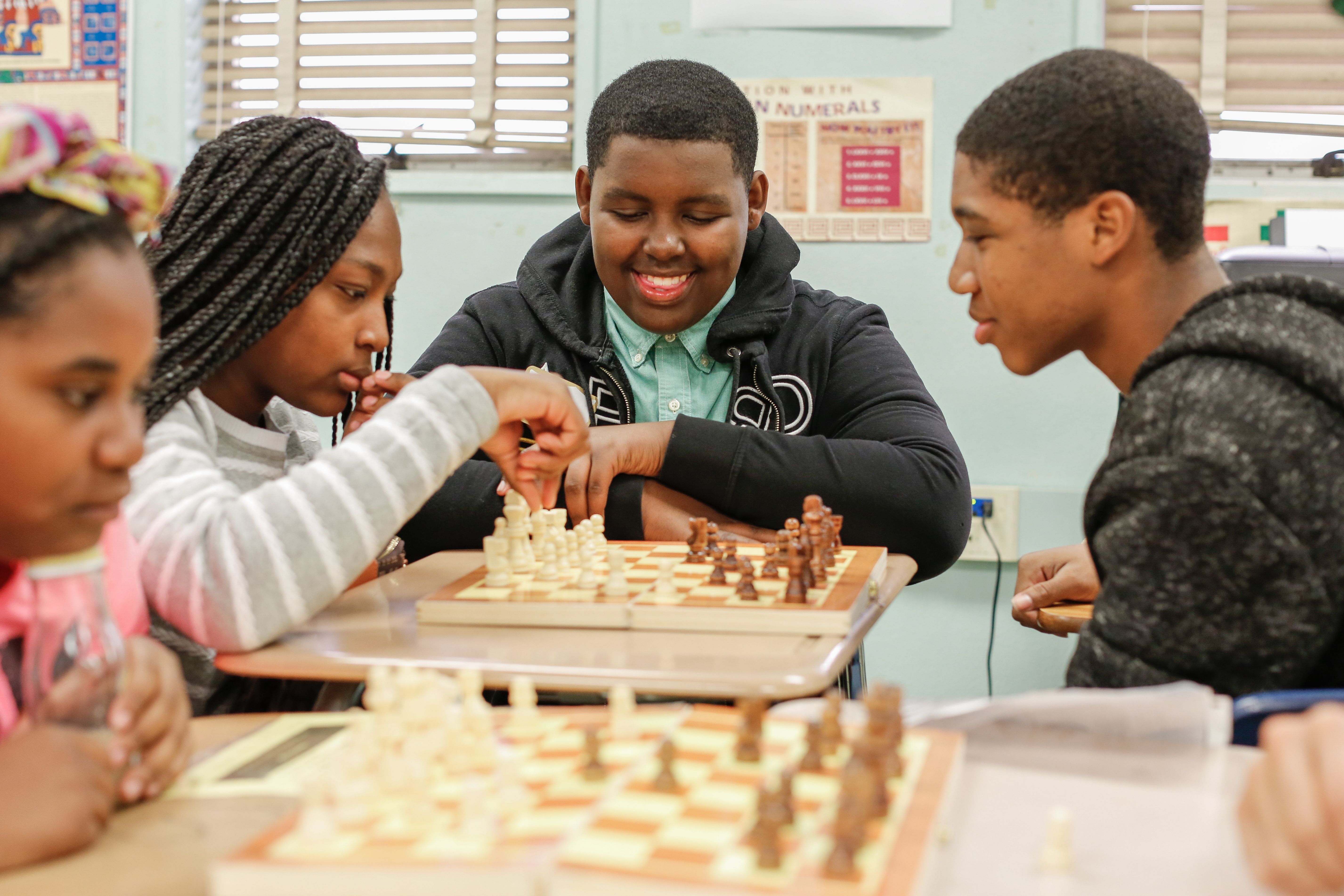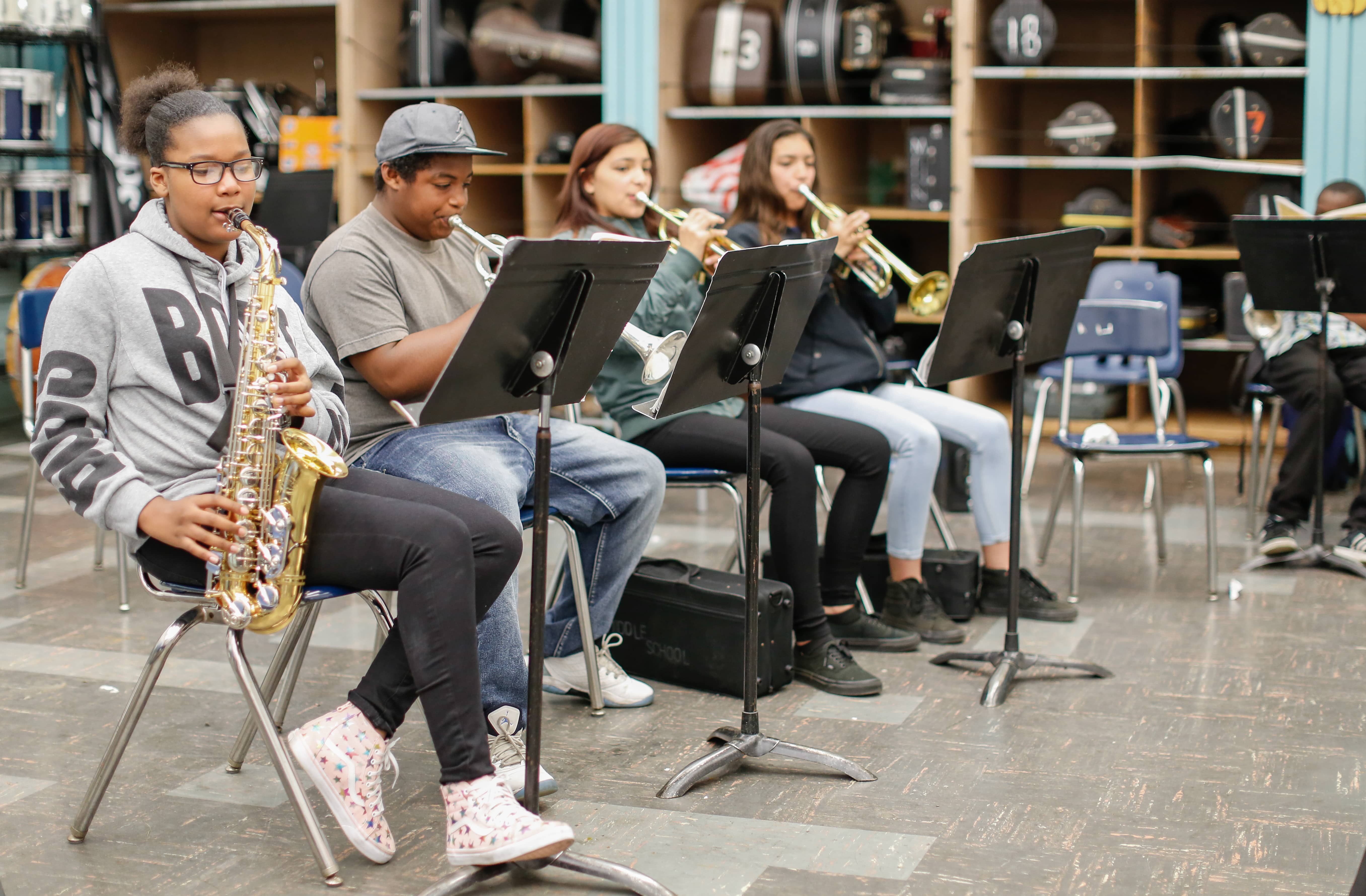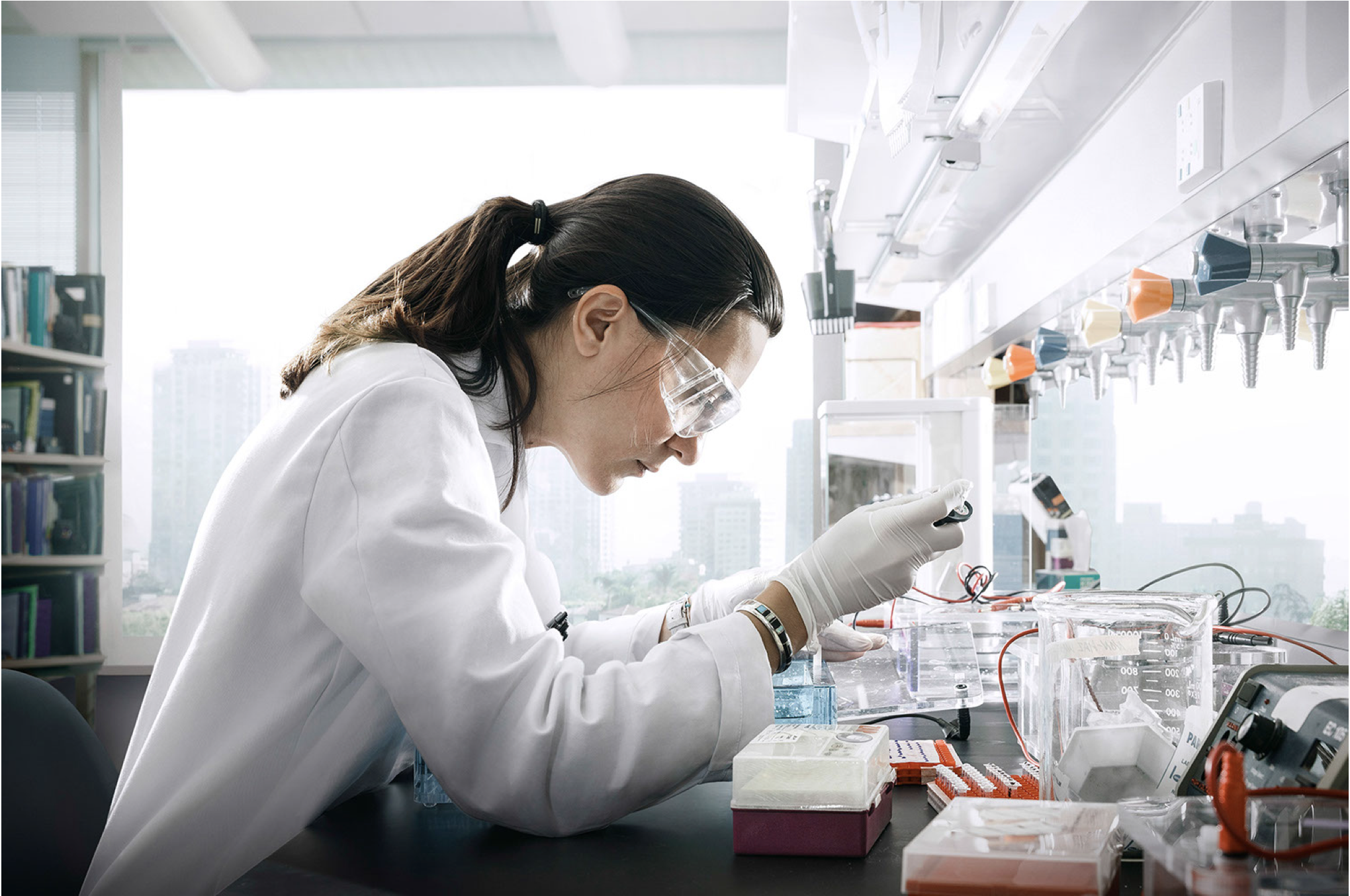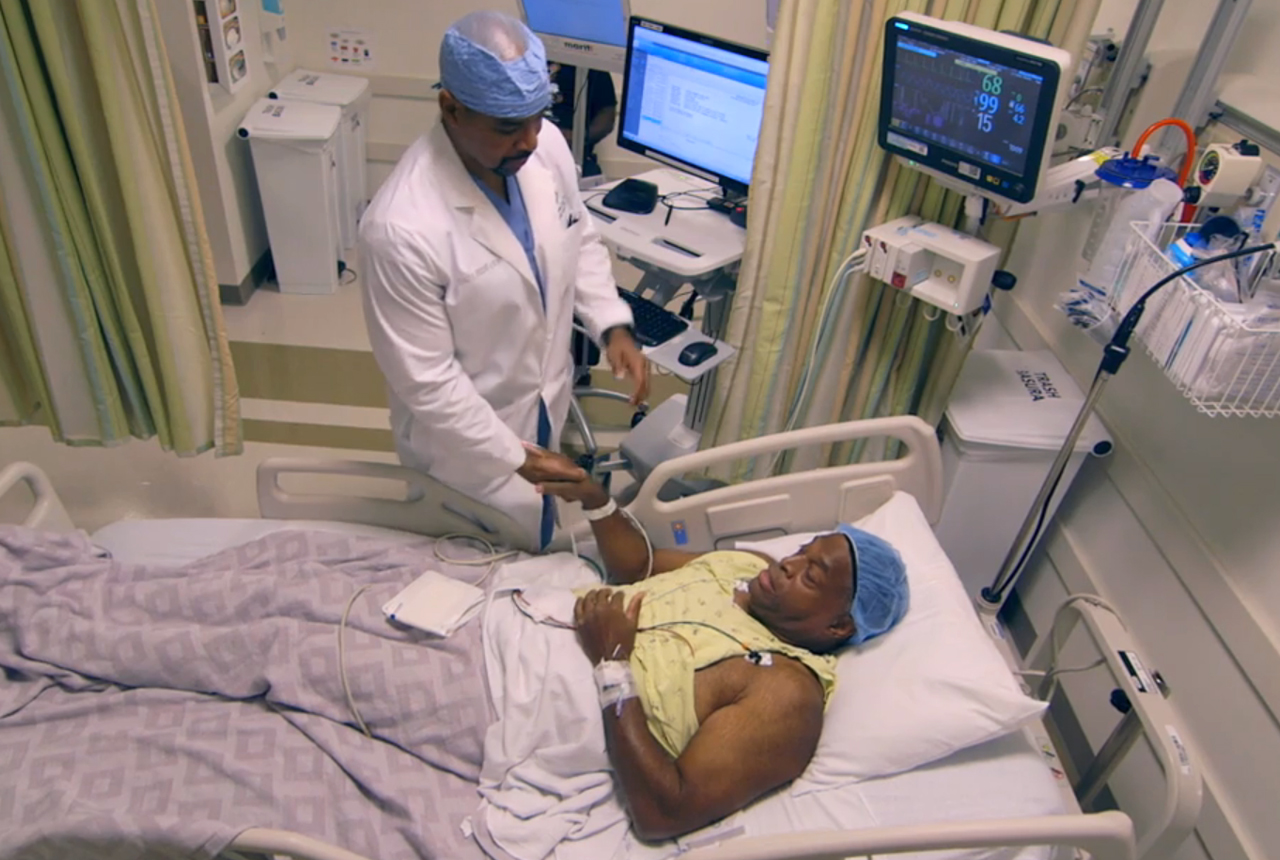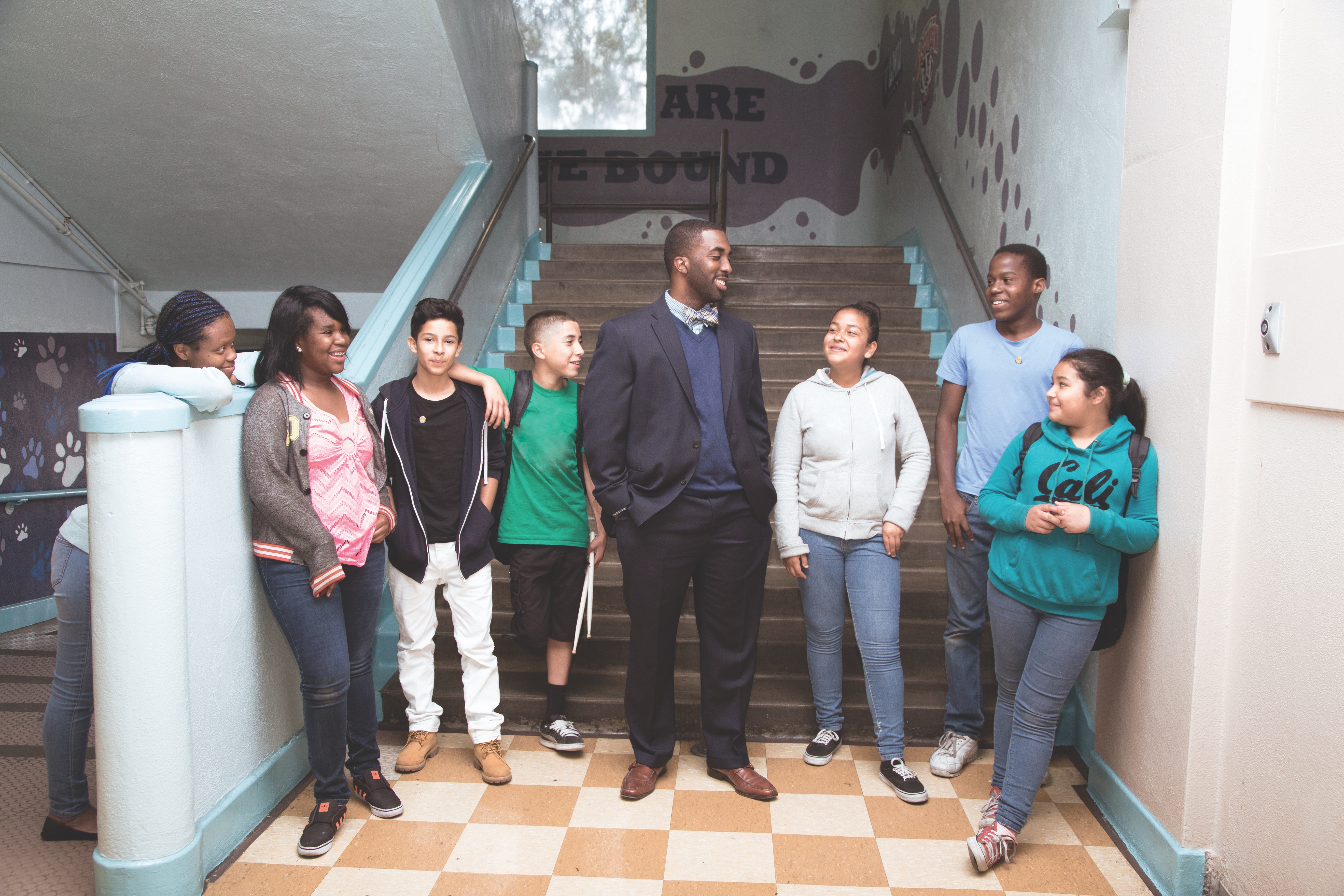
As a public institution, UCLA opens the doors to a world-class education for all. This is our original promise to the people of California and we are as dedicated to it today as we were 100 years ago.
A New School for a New Future
In 2015, a team of teachers, students, parents and educators from UCLA and the Los Angeles Unified School District began meeting to design a brand new school for 6th – 10th graders in an underserved neighborhood in South Los Angeles, where only 6% of the population are college graduates. This new kind of school is the UCLA Mann Community School and it serves as a cornerstone for a rigorous, personalized education. Faculty at the Community School and at UCLA collaborate to enhance STEM programs, performing and visual arts education programs, sports, fitness and wellness programs, and more.
“This is a natural extension of UCLA’s long-standing commitment to public education and community involvement,” says UCLA Chancellor Gene Block, “and a reflection of our perseverance to drive social change.”
Fostering Firsts
At UCLA, we have a responsibility to support our first-generation students - students whose parents or guardians have not received a four-year U.S. bachelor’s degree - and to assure them that they belong on our campus. “It makes it so much easier to fully participate and contribute when you feel that you belong,” says UCLA professor Dana Cairns Watson, a first-generation college graduate. This is one of the reasons she participates in UCLA’s First To Go program, which ensures that first-generation Bruins, who comprise almost a third of our undergraduates, are supported by a welcoming and encouraging community. Faculty and alumni also pair up with the students, mentoring them and helping them reach their full potential. This support system empowers 90% of our first-generation students to graduate, and to demonstrate what people can accomplish when given a chance.
UCLA also welcomes transfer students. UCLA is working with four Central Valley colleges — San Joaquin Delta, Bakersfield, Solano and Reedley — to facilitate transfers. Students from these areas are more geographically isolated, often low-income and the first in their families to attend college. And once they get here, they seize the opportunity. UCLA achieves a 90 percent transfer student graduation rate. And when these students return to their communities, they can serve as powerful role models.
Branching Out in STEM
The Women in Engineering Program taps into UCLA’s extensive network of active alumni to enhance the personal and professional development of undergraduate- and graduate-level women engineers. It provides opportunities for them to gain the skills necessary to meet the challenges they’ll face in engineering, and facilitates a rewarding career path after graduation.
The program was started by Jayathi Murthy, dean of UCLA’s Henry Samueli School of Engineering and Applied Science. “Engineers are problem solvers,” she explains, “and what problems you choose to solve depends on your background, your history, and your mindset. Having the right mix of people means that you actually address a far bigger universe of problems.”
Additionally, the UCLA Center for Diverse Leadership in Science is the first university-based center for diversity in environmental science. It provides mentoring opportunities and fellowships and professional development for students and researchers. A far more diverse pool of scholars with a broader range of experiences not only makes for better science, it also empowers underrepresented people and communities.
Changing the Face of Medicine
“There have been so many occasions when I’ve interacted with men who are in medical school who are seeing me as a physician, in academics, and that’s the first time they’re interacting with a black male physician,” said Dr. Stanley Frencher, an African-American physician who works with UCLA’s Geffen School of Medicine. This is one of the reasons he participates in Black Men in White Coats, a UCLA video outreach campaign intended to awaken young people to the possibility of a career that many have never considered and to give them the confidence to pursue that path.
The school’s leaders and the campaign’s organizers are confident they’ll help shape a new narrative for young black men in America, and attract medical students from underrepresented areas. This in turn will provide a better experience for patients who live in these areas and who might feel more comfortable dealing with doctors who have the same background as themselves.
Getting physicians to practice in underserved areas is crucial. California faces a critical shortage of primary care physicians. This shortfall particularly affects people with limited English proficiency who tend to live in rural and inner urban communities where most doctors do not practice. Another initiative to address this is the UCLA International Medical Graduate Program. It helps physicians who have already graduated from a medical school outside of the United States pass their U.S. licensing exams. The program provides the educational review in exchange for a promise that participants will provide care in underserved California communities for two to three years after completing their family medicine residency. Often, after their obligation to work in underserved communities is complete, doctors choose to stay in those communities.
An education doesn’t just change the trajectory of one’s life. It improves the future for families and even communities as a whole, often having a positive impact that can affect generations to come. And a wider variety of individuals from different backgrounds will tackle a broader spectrum of challenges, something that benefits everybody. As a leader in opening doors to opportunity, UCLA is always developing more programs and initiatives to ensure more people have the chance to participate.
